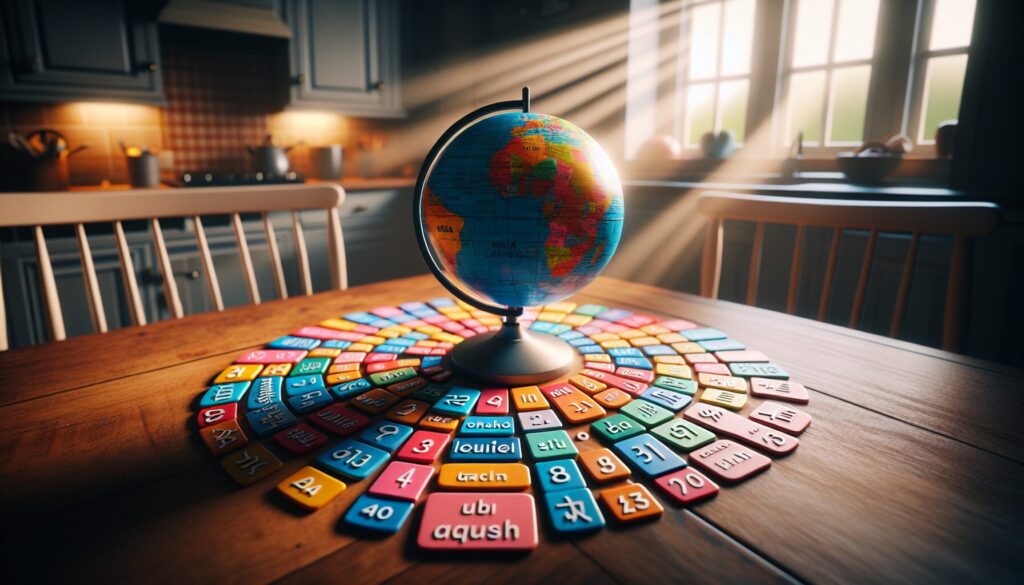Diving into the World of Numbers
Today, we’re embarking on a delightful adventure that combines numeracy with cultural awareness. Imagine the joy of your child not only mastering counting but also greeting numbers across the globe.
Learning to count in multiple languages does more than just teach numbers—it opens doors to a world full of curiosity and a love for learning. By exploring numbers in various languages, children become more adaptable thinkers and develop a broader understanding of different cultures. It’s like taking a mini tour around the world from the comfort of your living room!
Let’s get started with Counting in Multiple Languages, a unique way to nurture both the mind and heart of your little one.
Fun with Multilingual Counting
Ready to make counting a multicultural affair? Here’s a fun activity to try:
Materials Needed:
- Counting chart with numbers 1-10 in English, Spanish, and French.
- Colorful markers or crayons.
- World map (optional).
Activity Instructions:
- Gather your child and introduce the counting chart. Begin with English, then follow with Spanish and French.
- Encourage them to repeat after you. For example, ‘One, Uno, Un’!
- Discuss a fun fact about each country where the language is spoken. Use the world map for a visual aid.
- Practice these counts daily during playtime or around the dinner table to reinforce learning.
- Keep it playful—mix languages together in a funny counting song!
Estimated Time:
15-20 minutes per session.
Adapting Tip:
Start with just one language, then add more as your child becomes confident. Invite siblings or friends to join the multilingual counting party.
Why Multilingual Counting Matters
Multilingual counting sessions are more than just play. They tap into key developmental benefits. This simple activity enhances cognitive flexibility—a child’s ability to switch between different concepts effortlessly. It also strengthens memory by associating numbers with new sounds and words.
Moreover, as children engage with new languages, they cultivate a sense of empathy and cultural appreciation. They learn to see the world through different lenses, understanding and respecting its rich diversity.
In fostering these values, curiosity and a love for learning are ignited. Your child’s emotional growth is fed by engaging with the unfamiliar yet exciting world—one number at a time. So, share your experiences, swap tips with friends, and watch as your child’s world grows brighter and broader.

